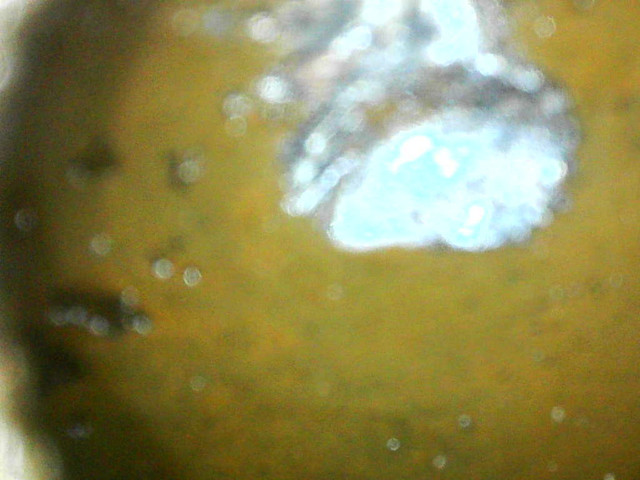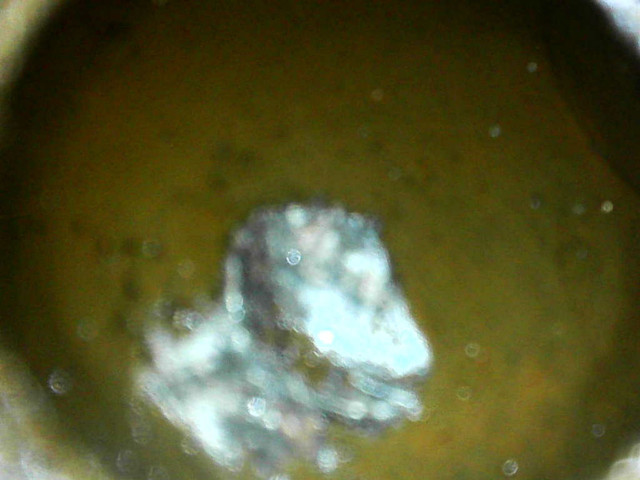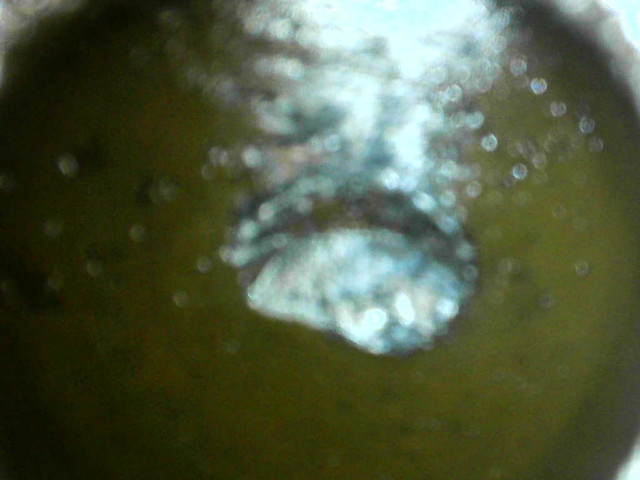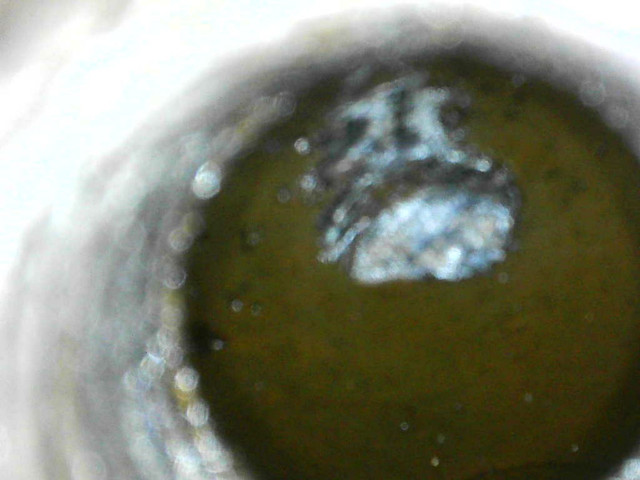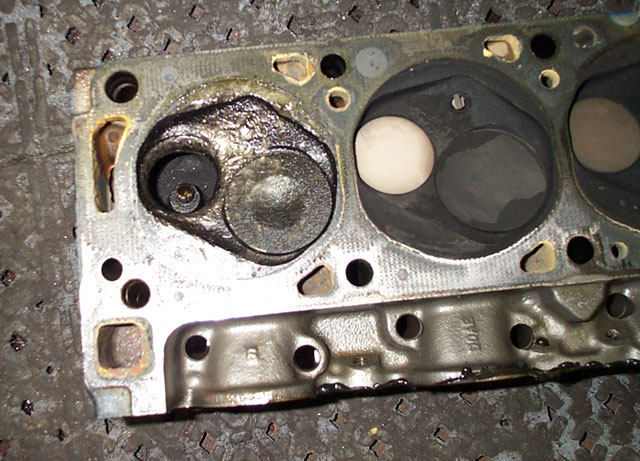Big Red, I'm no expert by a long shot, however I have done the intake on my stock 351C 4V twice now. Last time it was after the second rebuild (long story) and because the engine builder chose to use the rubber end gaskets and of course they leaked oil. I used the Fel-Pro set and yes, the paper gaskets are thin, but what I do is use Permatex 2 non-setting gasket sealer on both the head side and the pan side, putting a small bead around the grooves. I have had zero leaks with mine, which pulls 17-18"Hg. at 800 rpm. I know others have different methods, just saying what worked both times I had to pull and reinstall the intake.
You're a mechanic, so I'm sure you know your stuff, however you're working on a different beast to what you're probably used to.
Good luck with it and I predict 15-16 "Hg.
The next question will be setting the timing. Does your car still have the Ford factory distributor or something else?
Okay - Time for a side story.I should change my sig to say "Glorified parts changer" US Army. LOL.
A 63B10 in the Army is wheel and tires, starters, batteries, power steering pumps, glow plugs and glow plug controllers, generators, simple $hit really. We were a "forward" unit. Field fixes. Front lines, "Get it rolling again fast, so we can get the hell outta here" type deal. If it was really broken it went to the next shop up "Rear support". That's where the fun heavy lifting stuff was. I probably did more than I mentioned above, but it's not the good tear down and rebuild stuff. Honestly anyone who learned engines from their dad as a kid is probably better off.
When I got out in Dec. 95 I went to work at a Ford dealer until sometime in 1998. Got to do some engine replacements, timing chains, head gaskets, and all sorts of stuff. But there is a lot of BS in that job too. At the time Ford had a huge ignition switch recall that affected millions of vehicles. After that hit I think I probably did hundreds of those in a 6 month span. That got pretty boring too. Other times, you had to chase down silly warranty issues. Someone would buy a new Taurus for example, and they would bring it in, and say "When I'm driving 15 mph and turning left going over the railroad tracks my car makes a weird noise". And you would have to waste a bunch of time chasing it down if you were even lucky enough to replicate it. Between all the warranty stuff, recall stuff, brake jobs etc. there never really was much interesting work. If anything truly juicy came in the guys that had been in the shop 20 years with seniority got it.
Again, anyone who's dad taught them how to rebuild engines knows far more than me. I didn't have that growing up. Wish I did.
I've always worked on my own stuff though. I had a 1995 Cobra that I liked working on a lot. Last year for the 5.0 for a while. My boat has a 1995 351W in it, and I've done all sorts of things to it, and had to learn a lot about Volvo Penta stern drives. I love my 351W with EFI. Super straightforward. Thank goodness because Ford only did marine engines for a few years. 90% of pleasure boats are Chevy powered. This is my first Cleveland, and yeah, it's certainly got it's oddities. This motor for whatever reason makes me nervous and ask a lot of questions. Anyway, I'll learn those oddities thanks to you guys and all your help. Super appreciated. Seriously, you guys are fantastic! Thanks again all!!!





















































